'ALL GOOD THINGS ARE WILD AND FREE" - Henry David Thoreau
Returning to Our Role as Stewards of the Land.
In 17th Century England, aristocrats would plant grass instead of crops on the most visible parts of their properties so people would know they were rich since no one would waste land like that. That is how lawns became a status symbol. Today there are 40 million acres of monocrop lawns in the US --this is more than corn, wheat, and fruit trees combined. Kill your grass. We can do better.
Through using Permaculture principles and ethics, we can create limitless abundance by simply observing nature, recognizing its patterns, and reinforcing a nurturing relationship to it. Permaculture is all about effortless abundance whilst working WITH Nature.
Bill Mollison, co-creator of permaculture, stated "Though the problems of the world are increasingly complex, the solutions remain embarrassingly simple." The natural world holds the key to stable and productive systems when we work with, rather than against, nature.
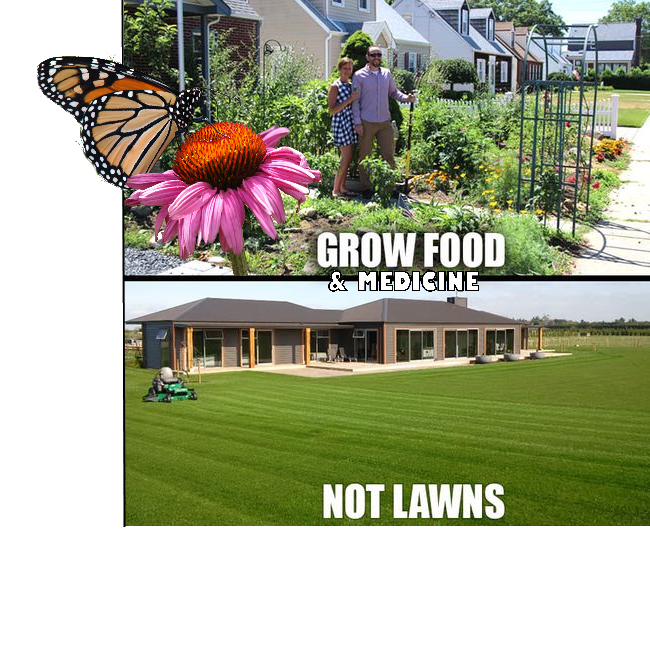
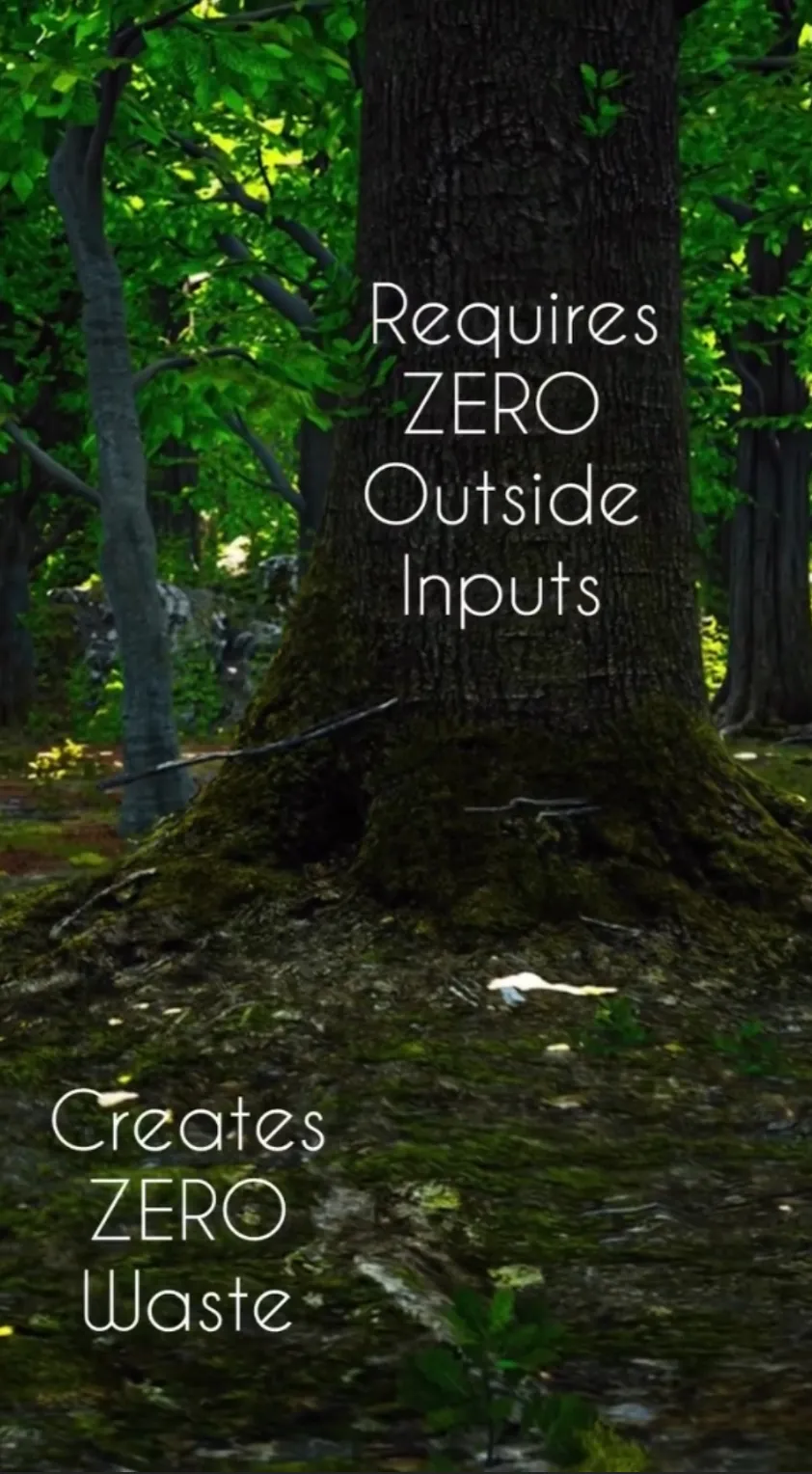
ANSWERS TO HOW TO LIVE SUSTAINABLY ON OUR PLANET ARE ALL AROUND US
There Is No "Waste" In Nature
Man(kind) often thinks he is smarter than nature, but he is wrong. Modern agriculture is a prime example. If you look at farm fields that have been worked for decades, you’ll see dry, cracked dirt. That hardly looks like the healthy, nutrient-dense soil we find in the forests that Mother Nature takes care of. Tilling actually kills the soil biome and releases carbon into the atmosphere. And as the soil biome steadily dies, more and more artificial fertilizers are needed. Furthermore, plants don't like to grow as single monocrops in straight rows. A lack of plant biodiversity attracts pests which require insecticides (deadly chemicals) sprayed onto the crops. While these genetically modified plants might be immune to the poisons that are sprayed on them, we certainly are not!
In nature, the soil is covered and there is biodiversity. You can observe companion plants growing near one another which can naturally repel each other's pests and improves the soil by increasing nitrogen and/or dynamically accumulating nutrients deep in the soil so that plants with shallower root systems can benefit from. If we simply plant plants where they want to be, next to plants they want to be by, they will flourish and provide abundance. Healthy Soil = Healthy Plants.
YOU WEREN'T BORN JUST TO PAY BILLS AND DIE
Going Back To A Simpler Life Isn't A Step Backwards.

Natural Medicine
Nature's Pharmacy
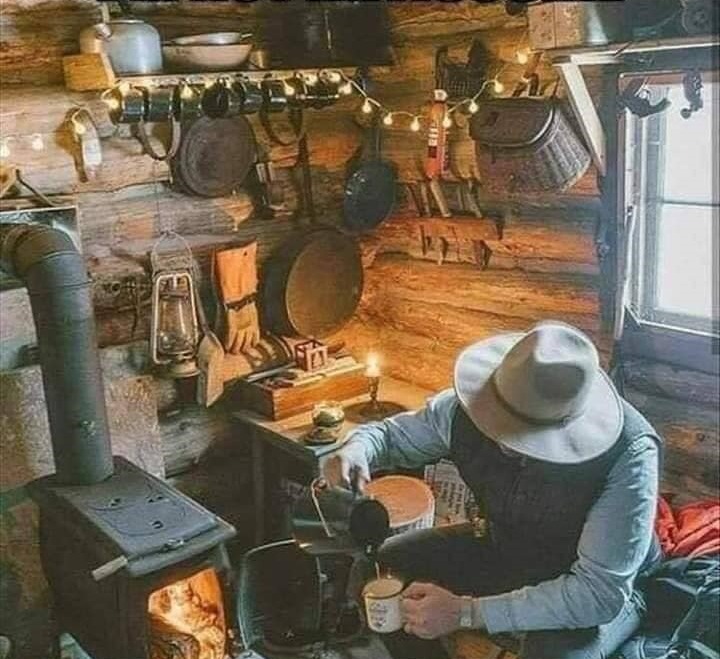
Homesteading Skills
Self-Resilience
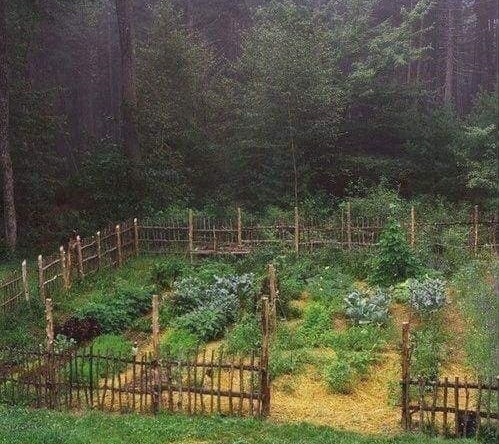
Growing Food
Home Grocery

Foraging
Wild Edibles

EARTH CARE -- PEOPLE CARE -- RETURN OF SURPLUS
Permaculture Ethics & Design Principles
1. Observe and Interact
Being observant and responding to what we see is really important in moving towards a more ethical and sustainable way of life.
We can learn from nature,and from other people, observing how others have moved to a greener and more ethical approach, and working with the world around us to succeed in our goals.
2. Catch and Store Energy
Energy is abundant on our planet. Learning how to catch and store that energy – in plants, with renewable energy infrastructure, or in other ways, is key to living a sustainable way of life.
Growing your own food at home is a great way to catch and store energy from our sun. Passive solar design also offers opportunities for architects, engineers and designers to make further use of this abundant energy source.
3. Obtain a Yield
Taking the three core ethics of permaculture into account, we can work with nature to get all the things we need. Obtaining a yield can be as simple as using organic gardening techniques to provide food for our families – but it can also be about obtaining a non-tangible yield: happiness, health… or mental well-being.
Living a sustainable lifestyle that sticks to permaculture principles can allow us to obtain all sorts of more intangible yields as well as the obvious tangible ones.
4. Apply Self-Regulation and Feedback
Understanding where we've succeeded and where we've gone wrong is vitally important to creating real and lasting change. For example, by analyzing and evaluating all the things that we bring into our homes, we can make better purchasing decisions moving forward: reducing, reusing, recycling, and regulating our worst consumerist tendencies.
5. Use and Value Renewables
By using the power of the sun, the wind, or the water, we can power our homes, grow our food, and regenerate our environments.
Rather than relying on finite and polluting fossil fuels, we should make full use of renewable sources of energy: for example, switching to a green energy supplier – or even generating our own power with solar panels or other renewable infrastructure at home – is something many of us can do to move to a more sustainable way of life.
6. Produce No Waste
Moving towards a zero waste lifestyle means looking at all the trash we chuck out and trying to eliminate it. We can do this by reducing the amount we buy, by buying wisely, by reusing or recycling where possible, by composting, and by working with ethical companies who look at waste throughout the entire life-cycle of their products.
7. Design from Patterns to Details
Whether designing a new vegetable garden, or an entire new sustainable way of life, we have to look at the big picture before we get bogged down in the little things.
Thinking wholistically, about all areas of our lives, can help us move forwards in a positive direction.
.
8. Integrate Don’t Segregate
Plants work well in diverse systems – the same is true of people too. Planting polycultures (guilds of plants which work together) is just one example of how this principle works in the real world.
And as well as applying this in the garden, we can also apply it to communities, groups or organizations. Sustainability is something we achieve together – through collaboration and co-operation – it’s not something we do alone.
9. Use Small, Slow Solutions
Every journey begins with a single step. Whenever we try to do too much too soon, it’s easy to become overwhelmed – and though big changes can bring big benefits, they bring bigger risks too. Making small, incremental changes is the best way to move towards sustainable change.
For example – don’t start a farm, try a small windowsill garden. Don’t overhaul your entire shopping philosophy – change things one ethical purchase at a time.
10. Use and Value Diversity
Just as ecosystems work best when filled with a greater variety of different plants and animals, so human society functions best when an variety of different people are represented.
In your garden, home and your life in general, it’s a good idea to promote and value diversity in all its forms.
11. Use Edges and Value the Marginal
Sustainability is about making use of all the resources that we have at our disposal. Whether we’re talking about land use, work places, homes or society in general, making use of all we have involves valuing fringes and fringe elements.
This might be as simple as using a neglected corner of your outside space to grow more food, or something more abstract, like thinking outside the box.
12. Creatively Use and Respond to Change
Finally, change is an inevitable part of life. It’s important to remember that permaculture isn’t just about now, but about the future. We design for change, understanding that things will alter over time. The changing seasons, changing attitudes, our changing climate… how we respond to these changes will shape sustainable progress in the years to come.
Rethink | Refuse | Reduce | Reuse | Refurbish | Repair | Repurpose | Recycle .
The Journey From Being A Consumer To Being A Creator.
With every convenience gained, basic skillsets have been lost. Our modern society is blessed with modern conveniences, but some argue that this comfort has made humans soft and domesticated. We are to our pioneer ancestors as purse dogs are to their wolf ancestors. We could easily be classified as "homo sapien domestic fragilis" since we have become so extremely dependent upon "the system." Without the regular "just-in-time" supply chain, most of us wouldn't have a clue on how to provide for ourselves without government assistance. It's time to get Back-to-Basics and relearn how to live instead of just existing.
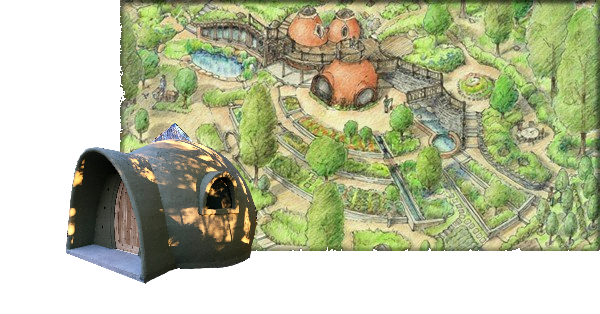
Recent Articles
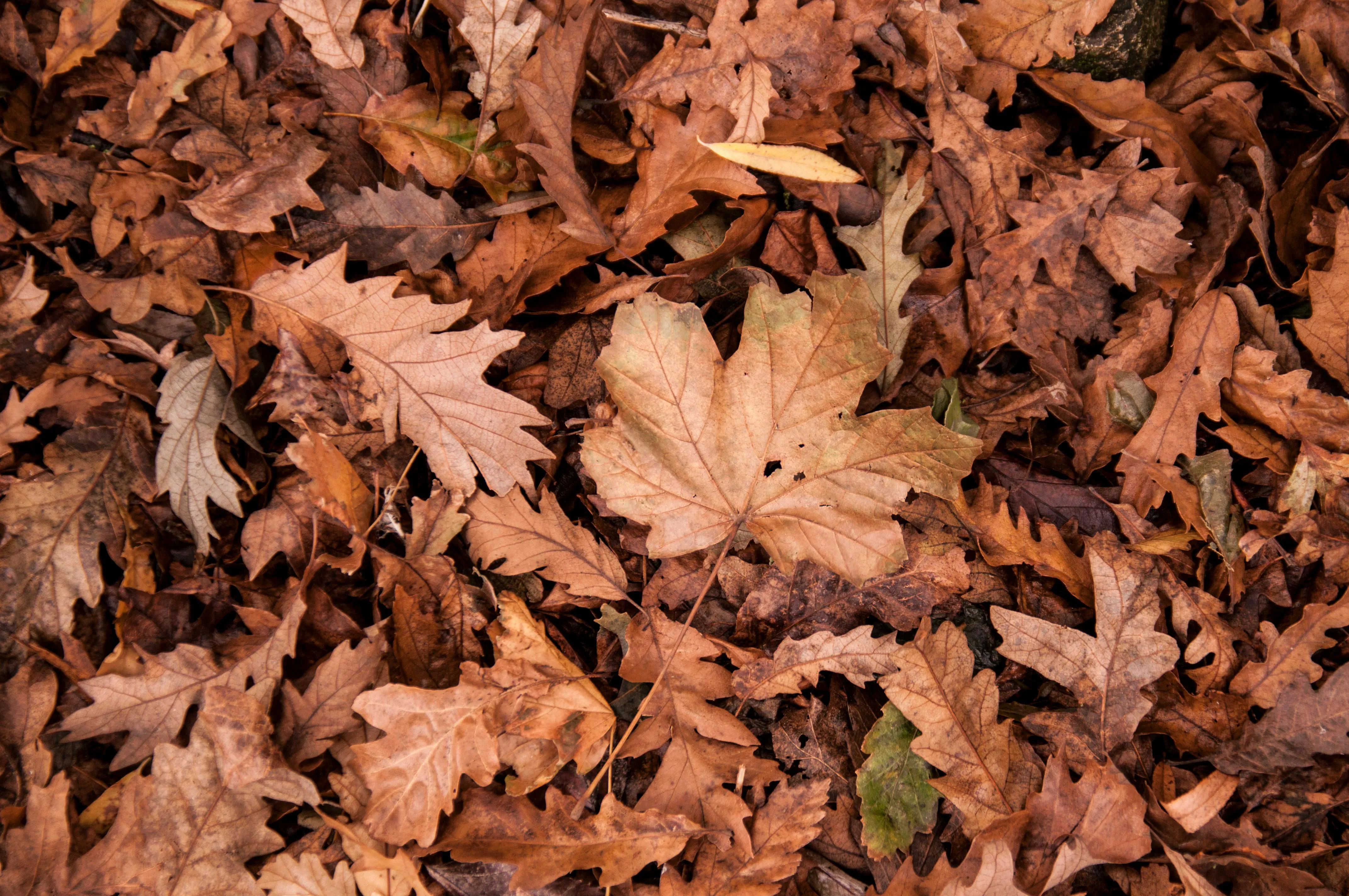
Article
Improve Soil Fertility With Autumn's Gift
Thank goodness for fall and its multicolored bounty—and for neighbors who are graciously raking, bagging, and giving away this precious resource!

Brian Moyers
November 5, 2023 . 5 min read
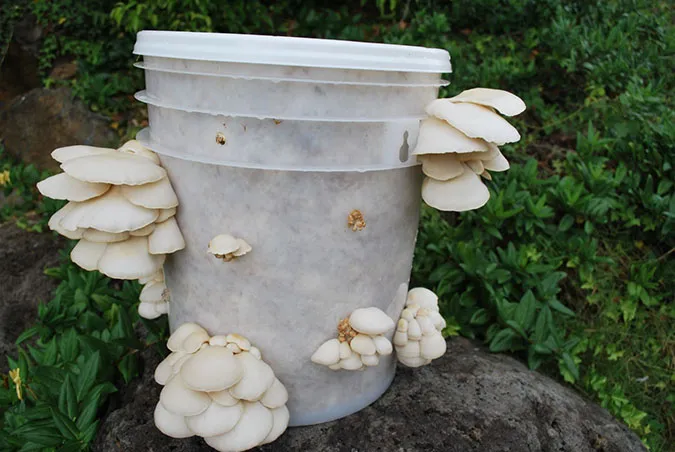
Article
8 Genius Uses for Buckets on the Homestead
Here are 8 excellent (and surprising!) uses for buckets on the homestead and in the garden—plus tips on how to get 5-gallon buckets for free!

Brian Moyers
November 26, 2021 . 5 min read

Article
Turn Your Trash into Black Gold with this Amazingly Simple Vermicompost System
It just so happens that you can effortlessly make the best compost at home, inside your home, with no foul odors. It’s true!

Brian Moyers
February 11, 2015 . 5 min read

Ambassadors to the Future
Contact
brian@back-to- basics.com
© 2020 Back-to-Basics, LLC. All Rights Reserved.